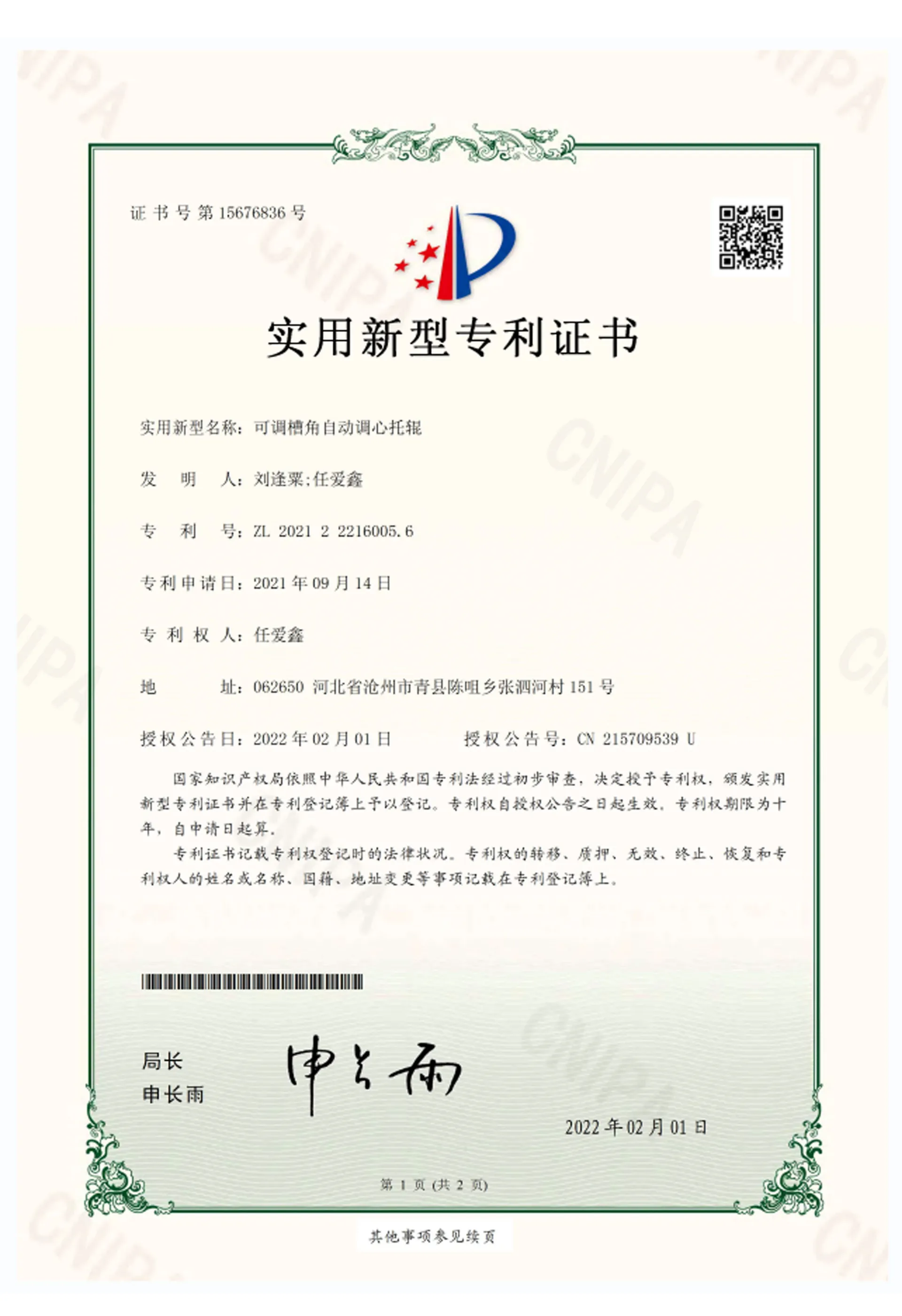 Afrikaans
Afrikaans  Albanian
Albanian  Amharic
Amharic  Arabic
Arabic  Armenian
Armenian  Azerbaijani
Azerbaijani  Basque
Basque  Belarusian
Belarusian  Bengali
Bengali  Bosnian
Bosnian  Bulgarian
Bulgarian  Catalan
Catalan  Cebuano
Cebuano  Corsican
Corsican  Croatian
Croatian  Czech
Czech  Danish
Danish  Dutch
Dutch  English
English  Esperanto
Esperanto  Estonian
Estonian  Finnish
Finnish  French
French  Frisian
Frisian  Galician
Galician  Georgian
Georgian  German
German  Greek
Greek  Gujarati
Gujarati  Haitian Creole
Haitian Creole  hausa
hausa  hawaiian
hawaiian  Hebrew
Hebrew  Hindi
Hindi  Miao
Miao  Hungarian
Hungarian  Icelandic
Icelandic  igbo
igbo  Indonesian
Indonesian  irish
irish  Italian
Italian  Japanese
Japanese  Javanese
Javanese  Kannada
Kannada  kazakh
kazakh  Khmer
Khmer  Rwandese
Rwandese  Korean
Korean  Kurdish
Kurdish  Kyrgyz
Kyrgyz  Lao
Lao  Latin
Latin  Latvian
Latvian  Lithuanian
Lithuanian  Luxembourgish
Luxembourgish  Macedonian
Macedonian  Malgashi
Malgashi  Malay
Malay  Malayalam
Malayalam  Maltese
Maltese  Maori
Maori  Marathi
Marathi  Mongolian
Mongolian  Myanmar
Myanmar  Nepali
Nepali  Norwegian
Norwegian  Norwegian
Norwegian  Occitan
Occitan  Pashto
Pashto  Persian
Persian  Polish
Polish  Portuguese
Portuguese  Punjabi
Punjabi  Romanian
Romanian  Russian
Russian  Samoan
Samoan  Scottish Gaelic
Scottish Gaelic  Serbian
Serbian  Sesotho
Sesotho  Shona
Shona  Sindhi
Sindhi  Sinhala
Sinhala  Slovak
Slovak  Slovenian
Slovenian  Somali
Somali  Spanish
Spanish  Sundanese
Sundanese  Swahili
Swahili  Swedish
Swedish  Tagalog
Tagalog  Tajik
Tajik  Tamil
Tamil  Tatar
Tatar  Telugu
Telugu  Thai
Thai  Turkish
Turkish  Turkmen
Turkmen  Ukrainian
Ukrainian  Urdu
Urdu  Uighur
Uighur  Uzbek
Uzbek  Vietnamese
Vietnamese  Welsh
Welsh  Bantu
Bantu  Yiddish
Yiddish  Yoruba
Yoruba  Zulu
Zulu Exploring Different Types of Belt Drive Pulleys and Their Applications in Mechanical Systems
Understanding Belt Drive Pulley Types
Belt drive systems are an essential element in various mechanical systems, providing efficient power transmission and motion control in industrial applications. At the heart of these systems are pulleys, which serve as the guiding mechanism for the belts. There are several types of belt drive pulleys, each designed for specific functions and applications. Understanding the different categories of pulleys can help in selecting the right type for a particular use case.
Flat Pulleys
One of the most basic types is the flat pulley, which features a flat surface where the belt sits. Flat pulleys operate well with flat belts and are commonly used in applications that require a simple power transfer mechanism. They are easy to manufacture and can be used in various speeds and load capacities. However, due to their design, flat pulleys can experience slippage under high load conditions, making them less suitable for high-torque applications.
V-Belt Pulleys
V-belt pulleys, as the name suggests, are designed to work with V-belts. They feature a grooved profile that fits snugly with the V-belt, reducing slippage and improving grip. This design allows for better torque transmission and enables the use of smaller and lighter components in machinery. V-belt pulleys are widely used in automotive applications, HVAC systems, and conveyor systems due to their high efficiency and reliability.
Timing Pulleys
Timing pulleys are specifically designed to work with timing belts, which have teeth that fit into corresponding grooves on the pulley. This design eliminates slippage and ensures precise synchronization of movement between components. Timing pulleys are crucial in applications where timing and positioning are critical, such as in robotics, CNC machines, and automotive engines. They are available in various sizes and tooth configurations to suit different mechanical requirements.
belt drive pulley types

Idler Pulleys
Idler pulleys play a secondary role in belt drive systems. They are typically used to change the direction of the belt or to provide additional tension. Idler pulleys are essential in maintaining belt alignment and ensuring optimal performance. They can also help compensate for any slack in the belt, thereby increasing overall system efficiency. Idler pulleys are commonly found in automotive engines, conveyor systems, and many other mechanical setups.
Sheave Pulleys
Sheave pulleys are broader in design and are used for more demanding applications. They can accommodate multiple belts and are often found in heavy-duty machinery and industrial settings. Sheave pulleys are designed to distribute loads across multiple belts, reducing wear and tear while increasing the lifespan of both the belt and the pulleys. They are typically used in applications involving high horsepower, such as in mining or heavy construction equipment.
Custom Pulleys
In addition to standard pulley types, custom pulleys can be designed to meet unique requirements of specific applications. These may incorporate special materials, sizes, or configurations that enhance performance in niche scenarios. Custom pulleys often provide solutions for specific challenges and are optimized for particular kinds of machinery.
Conclusion
The selection of the right type of belt drive pulley is critical to the efficiency and reliability of a mechanical system. Each type of pulley has its advantages and ideal applications, whether it’s the simplicity of flat pulleys or the precision of timing pulleys. Understanding these differences allows engineers and designers to make informed decisions that enhance the performance of their machinery, ultimately contributing to the success of their operations. As technology evolves, the designs and materials used for pulleys continue to improve, offering even greater efficiency and durability in the world of mechanical power transmission.
-
Revolutionizing Conveyor Reliability with Advanced Rubber Lagging PulleysNewsJul.22,2025
-
Powering Precision and Durability with Expert Manufacturers of Conveyor ComponentsNewsJul.22,2025
-
Optimizing Conveyor Systems with Advanced Conveyor AccessoriesNewsJul.22,2025
-
Maximize Conveyor Efficiency with Quality Conveyor Idler PulleysNewsJul.22,2025
-
Future-Proof Your Conveyor System with High-Performance Polyurethane RollerNewsJul.22,2025
-
Driving Efficiency Forward with Quality Idlers and RollersNewsJul.22,2025





























